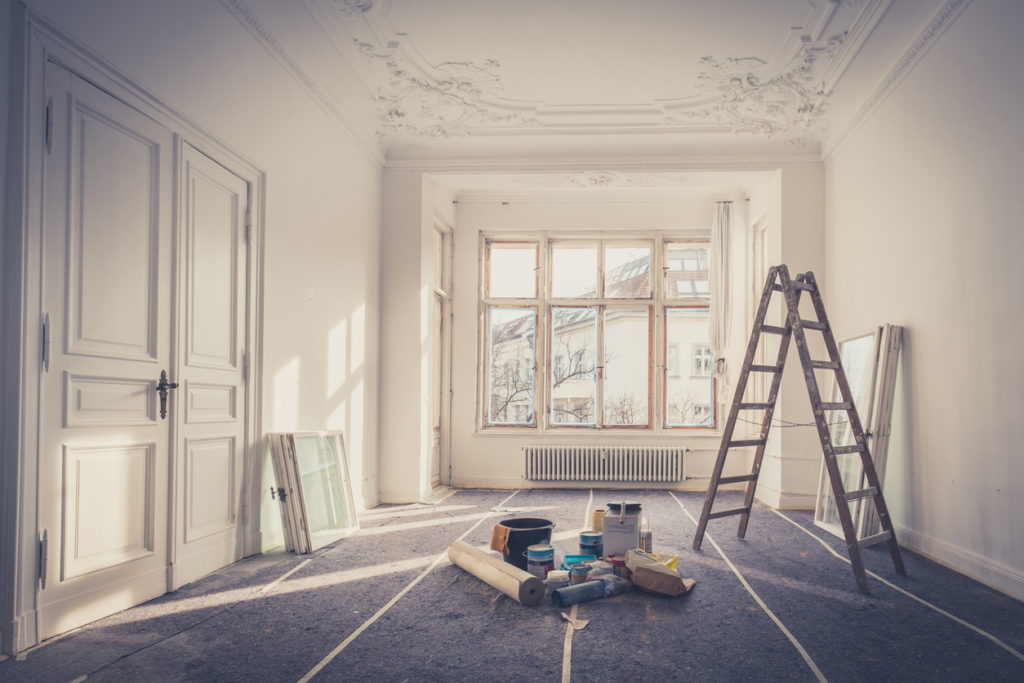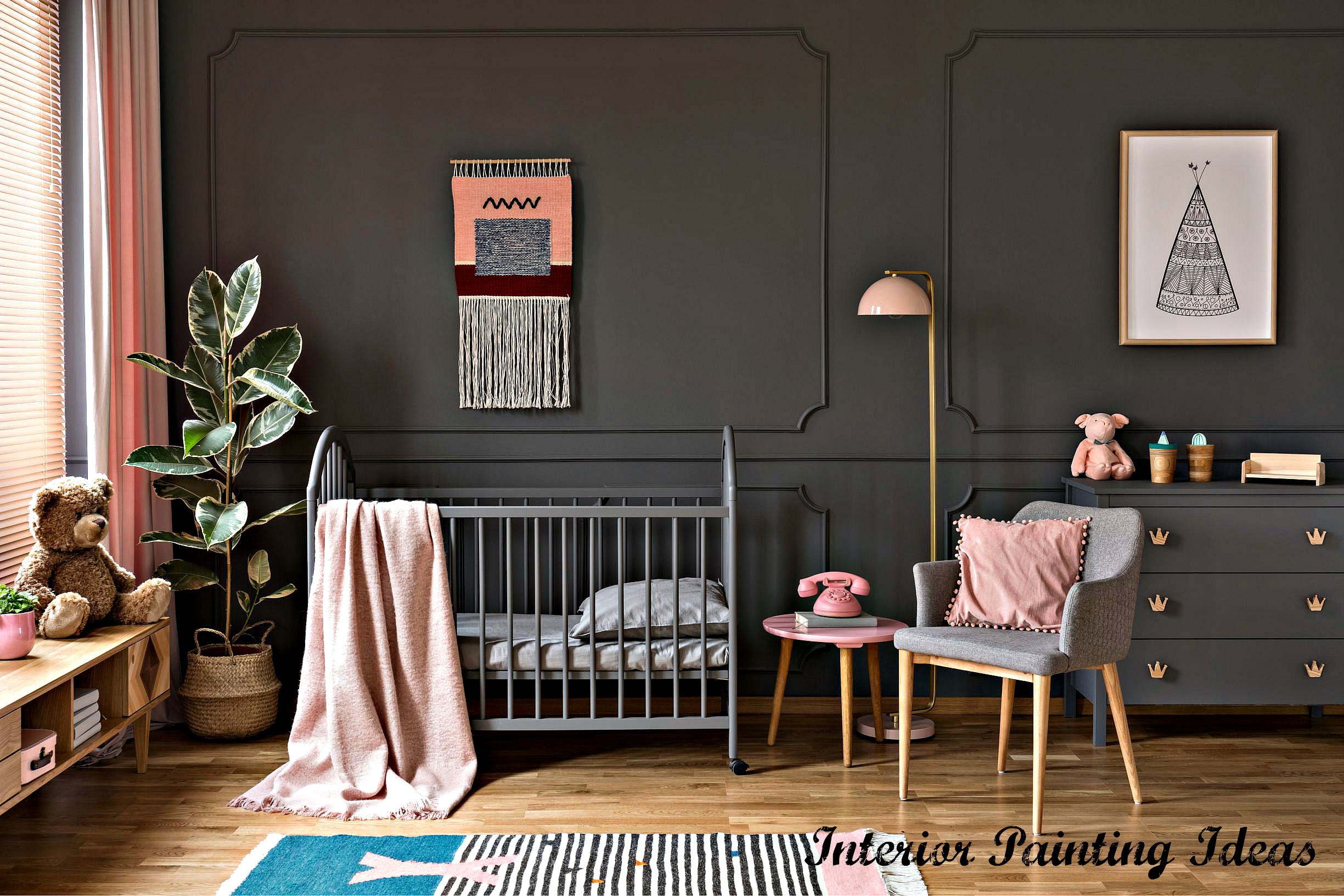Affordable Color Consultation in Lakewood to Transform Your Space with Perfect Hues
Enhance Your Inside Style With Comprehensive Shade Examination
The combination of shade examination right into interior decoration provides a special opportunity to refine and raise the psychological and visual resonance of a space. By engaging with an experienced shade professional, you can navigate the complexities of color selection, guaranteeing that your options not just enhance building attributes yet also resonate with personal style and psychological impact. This tactical partnership can substantially affect the general environment of your setting, cultivating a feeling of consistency and function. Nevertheless, recognizing the subtleties of this procedure is necessary-- what crucial facets should be taken into consideration to attain ideal results?
Advantages of Shade Consultation

Moreover, shade appointment aids in optimizing all-natural light and maximizing spatial perception. Lighter shades can make a space show up even more large, while darker tones develop an intimate setup. Cleveland Metro Painting Specialists. This strategic application of color can considerably influence the general atmosphere of any kind of indoor room
In addition, specialist consultants have a comprehensive understanding of current trends and timeless classics, making certain that the picked colors will stay enticing in time. This insight can save customers from pricey redesigns in the future. Shade examination equips clients by providing them with a clear vision and instructions, promoting confidence in their layout options and eventually leading to a more enjoyable and effective indoor design end result.
Recognizing Color Psychology
The significance of shade psychology in interior decoration can not be overstated, as it delves right into the emotional and emotional impacts that various tones can evoke in people. Colors can affect state of mind, behavior, and also productivity, making them a critical factor to consider in any style project.
As an example, warm shades such as red, orange, and yellow are frequently related to energy and heat. They can stimulate sensations of exhilaration and comfort, making them ideal for social spaces like living kitchen areas or rooms. On the other hand, cool colors like blue, environment-friendly, and purple tend to stimulate peace and serenity, making them excellent for bedrooms or reflection locations.
Additionally, using neutral tones can develop a balanced atmosphere by permitting the bolder shades to stand apart without frustrating the detects. Understanding these psychological effects makes it possible for developers to create areas that not just look cosmetically pleasing however additionally advertise psychological well-being.
Incorporating shade psychology into interior decoration entails a thoughtful option of tones customized to the designated feature of each room, ultimately enhancing the general experience for its passengers. This recognition is essential for accomplishing a useful and unified indoor setting.
The Shade Wheel Explained
Understanding the relationships between shades is vital for efficient interior decoration, and the color wheel acts as an important tool in this process. The color wheel, developed by Isaac Newton in the 17th century, illustrates the range of shades prepared in a round style. It makes up main colors-- red, blue, and yellow-- that can not be created by mixing various other shades. Additional colors, formed by combining primaries, consist of environment-friendly, orange, and purple. Tertiary shades result from mixing a primary and a second shade, causing shades such as turquoise and red-orange.
The shade wheel assists designers realize the partnerships between shades, consisting pop over to these guys of complementary, similar, and triadic plans. Complementary shades, positioned contrary each other on the wheel, develop lively contrasts that can energize a room. Comparable shades, located next off to one an additional, provide a natural and harmonious appearance. Triadic plans use 3 equally spaced shades, offering other equilibrium and visual passion.
Utilizing the color wheel in indoor design not just boosts aesthetic charm but additionally evokes specific feelings and ambiences, making it an important referral for color examination. Recognizing these relationships eventually encourages designers to produce areas that are both aesthetically exciting and useful.
Selecting the Right Combination
An appropriate shade plan can merge an area, improve its features, and evoke desired emotions. Different spaces serve varied features and call for schemes that show their designated use; for instance, tranquil shades such as soft blues or environment-friendlies function well in bed rooms, promoting relaxation.
Next, take right into account the all-natural light offered. Light can dramatically modify how colors show up, so it is important to examine the room at different times of the day. Furthermore, consider existing building aspects and furnishings. A harmonious scheme must complement these attributes, developing a cohesive appearance throughout the area.
When choosing colors, use the 60-30-10 rule, which recommends that 60% of the space need to be a dominant shade, 30% an additional shade, and 10% an accent color. This proportion ensures equilibrium and visual rate of interest (Cleveland Metro Painting Specialists). Example shades on the walls prior to devoting, as this allows you to see exactly how the hues communicate with one an additional and the overall atmosphere they develop in your interior design job.
Collaborating With a Color Expert

When dealing with a color consultant, the procedure typically starts with an initial examination. Throughout this meeting, you'll review your vision, choices, and the existing elements in your room. The expert will certainly evaluate your requirements and might recommend details shade palettes that align with your objectives.
After developing an instructions, the specialist will certainly supply examples and visual help to aid you visualize the recommended shade systems. This action is important, as shades can show up differently under varying illumination conditions.
In addition, a color expert can assist you in picking complementary furnishings, art work, and devices to balance with your picked combination. By collaborating closely, you can achieve a refined aesthetic that boosts your insides and creates a welcoming environment. Inevitably, the know-how of a color consultant can dramatically enhance the total effect of your style task.
Final Thought
In recap, detailed color examination serves as a crucial tool for enhancing indoor design. By leveraging professional expertise of shade psychology and spatial dynamics, a tailored color palette can be established to stimulate specific emotions and produce an unified environment.
By engaging with a seasoned shade specialist, you can browse the intricacies of shade selection, ensuring that your choices not just complement architectural attributes but also resonate with personal design and mental influence. It comprises primary colors-- red, blue, and yellow-- that can not be produced by blending other shades.The color wheel assists developers understand the partnerships in between colors, including complementary, similar, and triadic schemes.When picking shades, utilize the 60-30-10 rule, which suggests that 60% of the room ought to be a leading shade, 30% an additional shade, and 10% an accent shade. By leveraging specialist knowledge of shade psychology and spatial characteristics, a customized shade combination can be created to evoke particular emotions and create a harmonious setting.